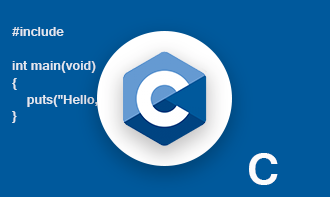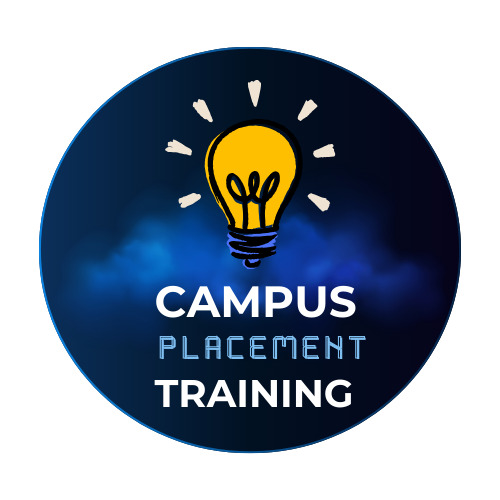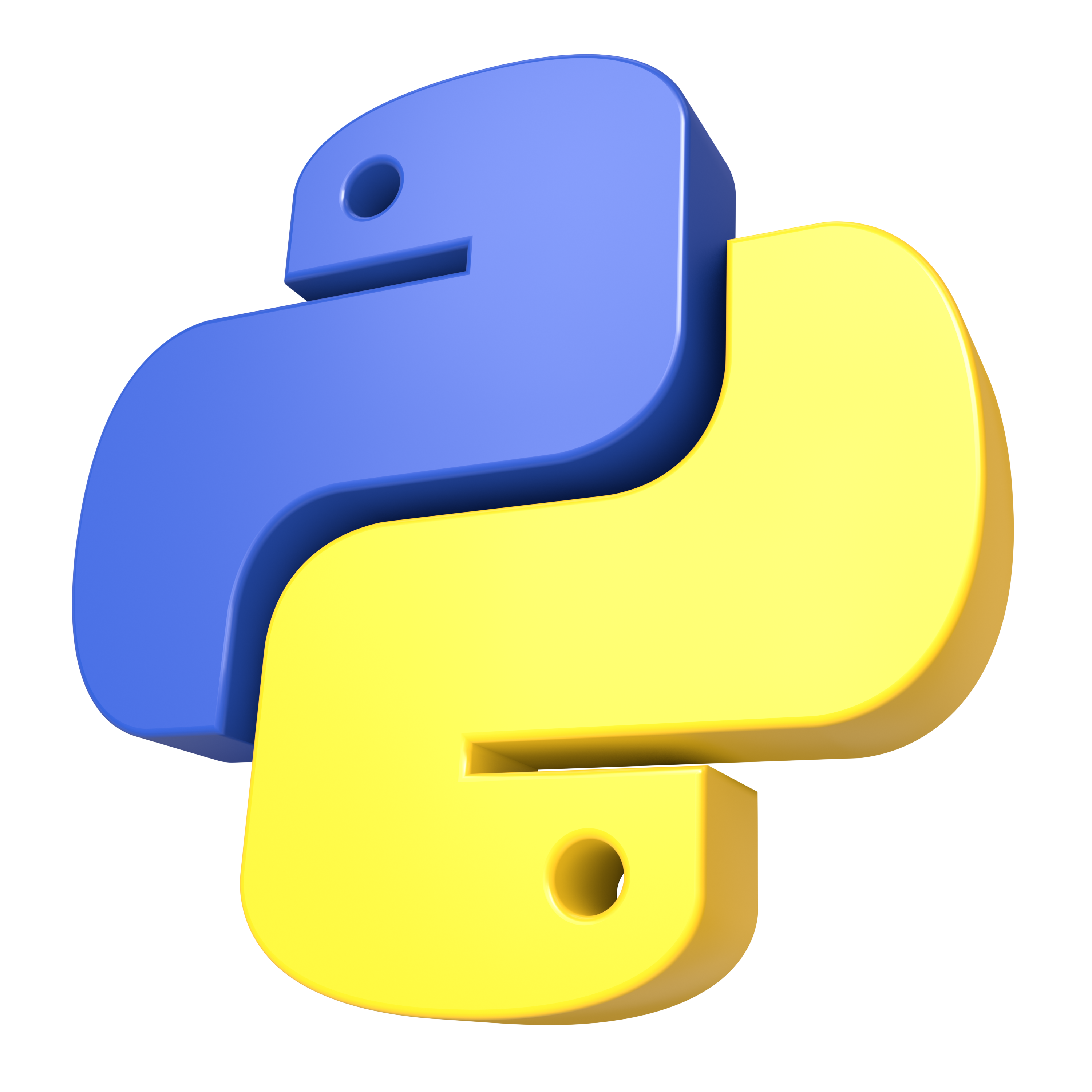C Programming

PROGRAMMING IN C: Ever wondered how software, games, and even websites are created? It all starts with powerful language computers understand programming languages. And among them, C stands as a timeless foundation for programmers of all levels.
Saksham's Programming in C course offers a beginner-friendly yet comprehensive
approach, equipping you with the essential skills to:
- Grasp the fundamentals: Learn the core concepts of programming logic, data types, control flow, and functions, laying the groundwork for further coding ventures.
- Navigate the programming world: Understand how to structure, write, and compile C programs with confidence.
- Build your first applications: Apply your newfound knowledge to create basic C programs, solidifying your understanding and building your programming portfolio.
Why Choose C for Beginners?
Here's why C is an excellent choice to launch your programming journey:
- Versatile and Powerful: C forms the backbone of countless software applications, operating systems, and embedded systems, giving you access to a vast range of possibilities.
- Strong Foundation: Mastering C equips you with the fundamental skills that translate seamlessly to other programming languages, easing your future learning curve.
- Highly In-Demand: C remains a relevant and valuable skill in the tech industry, opening doors to exciting career opportunities.
- Clear and Structured: C features a well-defined syntax and logical structure, making it easier to learn and understand compared to other languages.
What You'll Learn with Saksham's C Course:
- Programming Fundamentals
- Working with Functions
- Pointers and Memory Management
• Building C Programs
Interactive Exercises and Projects Learning with Saksham:
Expert-Led Video Lectures
Interactive Learning Environment
Dedicated Support
Unlock your programming potential with Saksham's Programming in C course! By mastering the fundamentals, you'll gain the confidence and skills to explore other programming languages and embark on exciting coding adventures.
Enroll today and start building your programming future!


















